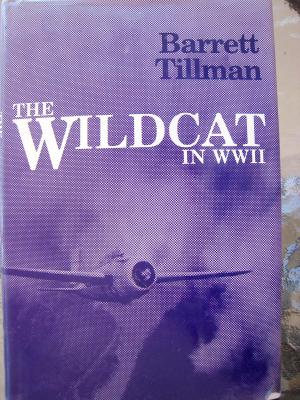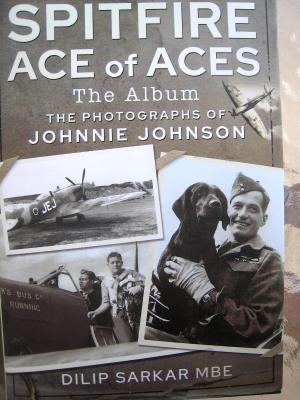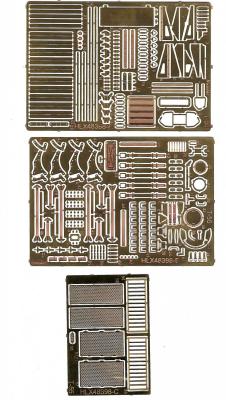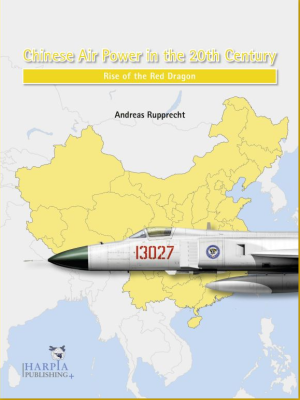Background
During the last part of the nineteen thirties, the U.S. Navy was in the process of replacing its biplanes with higher performing monoplanes. The Curtiss SBC “Helldiver” dive bomber was being replaced by the Vought Sikorsky SB2U “Vindicator”, and the Martin T4M’s were being replaced by the Douglas TBD-1 “Devastator” monoplanes. Grumman’s last biplane, the F3F-2, was just entering service when the decision was made to equip Navy fighter squadrons with monoplanes. The first monoplane, the Brewster F2A-1, later known as the Buffalo, was entering service when Grumman’s biplane competitor, the F4F-1, was redesigned, becoming the XF4F-2 Wildcat monoplane. The F4F-2 proved to be a much better airplane, and the production model, the F4F-3, was produced in quantity, with the F2A-1 taking a back seat, although quite a few were issued to Marine Corps units.















